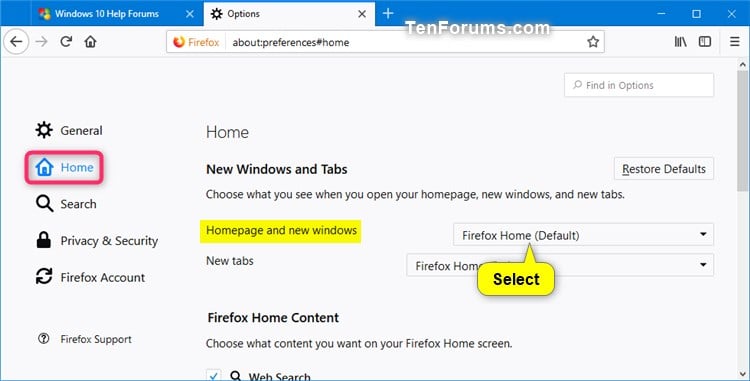

While the Chrome team has been spearheading the PWA effort, other browsers have been landing supporting implementations, and Mozilla has been heavily involved as well: Service Workers and Push, two of the technologies powering PWAs shipped last year in Firefox 44, and Mozillian Marcos Caceres has been heading up the Web App Manifest spec work. Over the last two years, a similar and complementary evolution has been happening: Progressive Web Apps (PWA), an umbrella term for a new set of standardized browser technologies that combine the low-friction nature of the web with the reliability and capabilities we typically associate with native apps, are gaining ground, with more and more top online services sharing their success stories, and with browser support increasing.


Today, practically all websites are built with RWD principles at their core: truly a dramatic improvement over yesteryear’s desktop-focused web. Over time, it became a recommended best practice, which was strengthened by the emergence of a number of RWD-enhancing web technologies, such as responsive images, flexbox, grid, and so much more. In 2010, the concept of “responsive web design” (RWD) started resonating in web development circles. Update : This article was updated at the time of the stable Firefox 58 release to reflect minor UI changes as well as documentation updates.


 0 kommentar(er)
0 kommentar(er)
